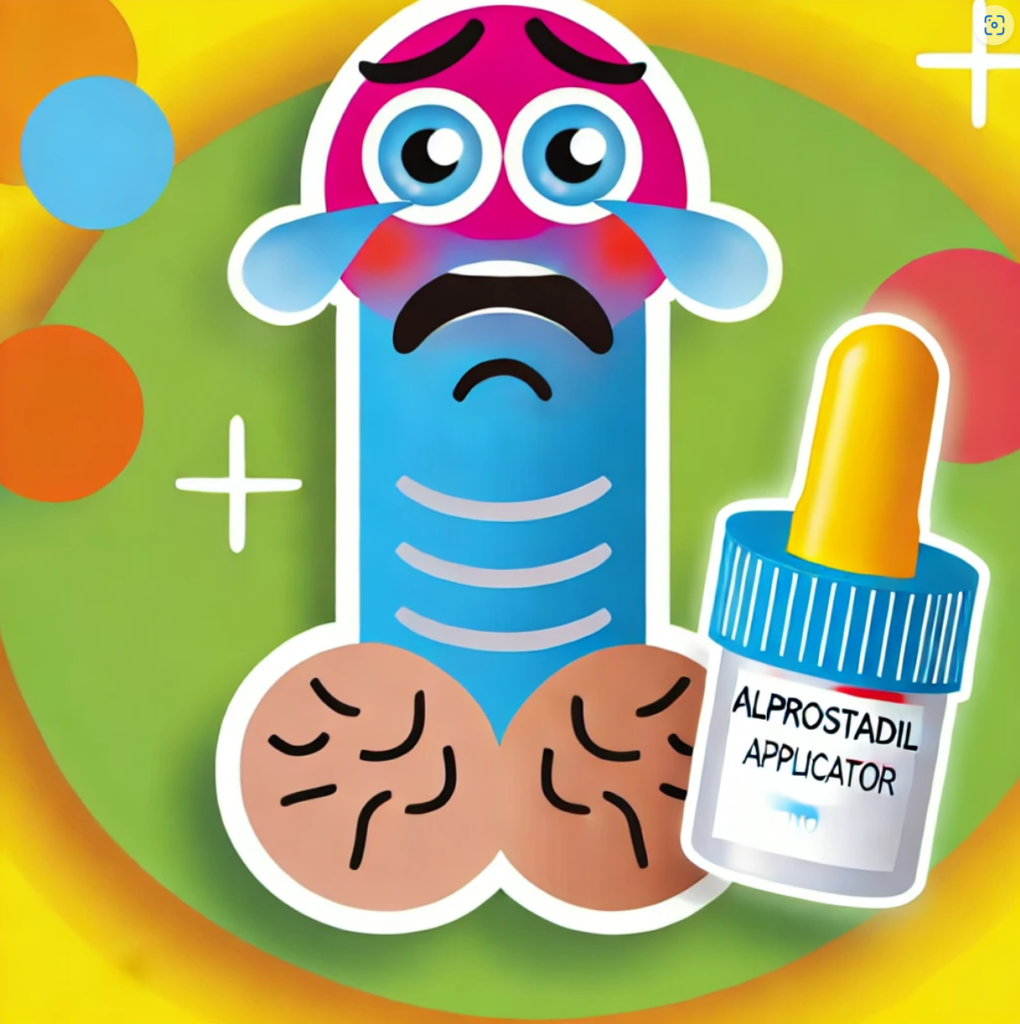
Erectile dysfunction (ED) is a deeply personal and often frustrating condition. As a vascular surgeon specializing in ED, I’ve met many patients who have tried intraurethral alprostadil without success. If you’ve been there, you’re not alone.
This treatment—while effective for some—can be disappointing for others, particularly those with underlying vascular problems. Let’s take a closer look at why this is the case and what targeted solutions may offer more lasting results.
What Is Intraurethral Alprostadil?
Intraurethral alprostadil (commonly known as MUSE) is a small pellet inserted into the urethra using a specialized applicator. It delivers a medication called alprostadil, which helps relax blood vessels and increase blood flow to the penis. When blood flow is adequate and venous function is intact, this can result in an erection within 10 to 15 minutes.
But for patients with vascular erectile dysfunction, the outcome is often less successful.
Why It May Not Work in Vascular ED
Inadequate Arterial Blood Flow
For alprostadil to be effective, blood must be able to reach the penile tissue. In patients with blocked or severely narrowed arteries, this simply isn’t possible. Despite the medication’s ability to open blood vessels, it cannot overcome a complete arterial blockage. In this scenario, the treatment fails not because the drug is ineffective, but because the pathway for delivery—your arteries—is compromised.
Venous Leak
Even if blood enters the penis, it must be retained to sustain an erection. In men with venous leak, the veins are unable to trap blood inside the penis long enough to maintain firmness. Alprostadil might initiate an erection, but the blood quickly escapes, leading to short-lived or unsatisfactory results.
These vascular challenges are far more common than many realize, especially in men over 50 or those with diabetes, high blood pressure, or high cholesterol.
What Are Your Options?
If intraurethral alprostadil hasn’t worked for you, don’t give up. At the Vascular Institute for Erectile Dysfunction, we focus on identifying and treating the root cause of ED, especially when it’s vascular in nature.
Stent Placement
For men with arterial blockages, a minimally invasive stent procedure can restore blood flow to the penis. This procedure can significantly improve erectile function by reopening narrowed arteries.
Treatment for Venous Leak
For men with venous leak, we offer advanced procedures that seal off the problematic veins, allowing blood to stay in the penis during an erection. This option has shown promising results, especially when conservative treatments have failed.
Conclusion
Intraurethral alprostadil is one option in a wide spectrum of ED treatments. However, if you’ve tried it without success, it may be time to explore whether your ED is caused by an underlying vascular issue. With the right evaluation and a targeted approach, you can regain confidence and enjoy a more satisfying sex life.
As a vascular ED specialist, I’m here to help you understand your options and choose the treatment that truly addresses the root of the problem.
Schedule a consultation today and let’s explore the path that’s right for you.
— Dr. Khalil Masabni



